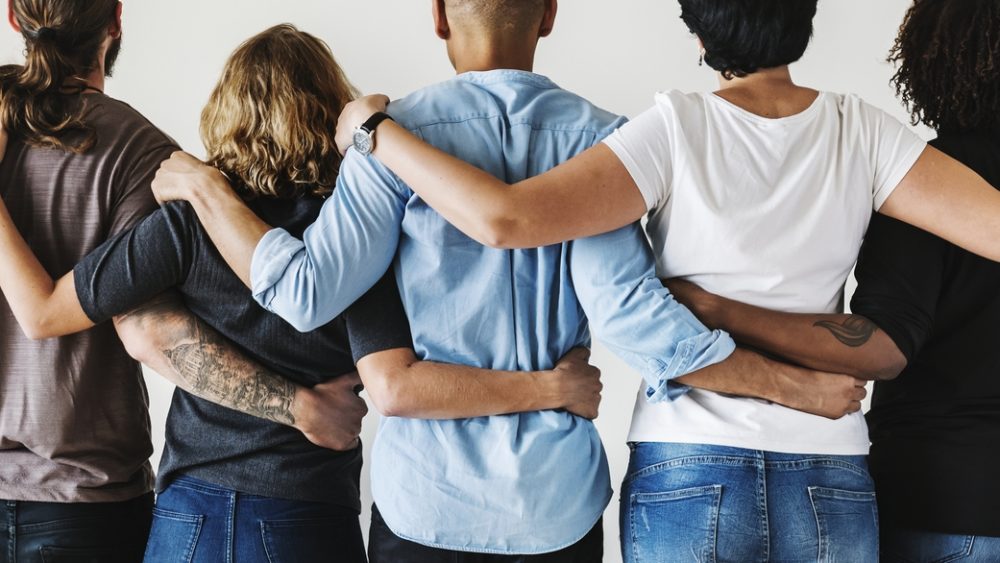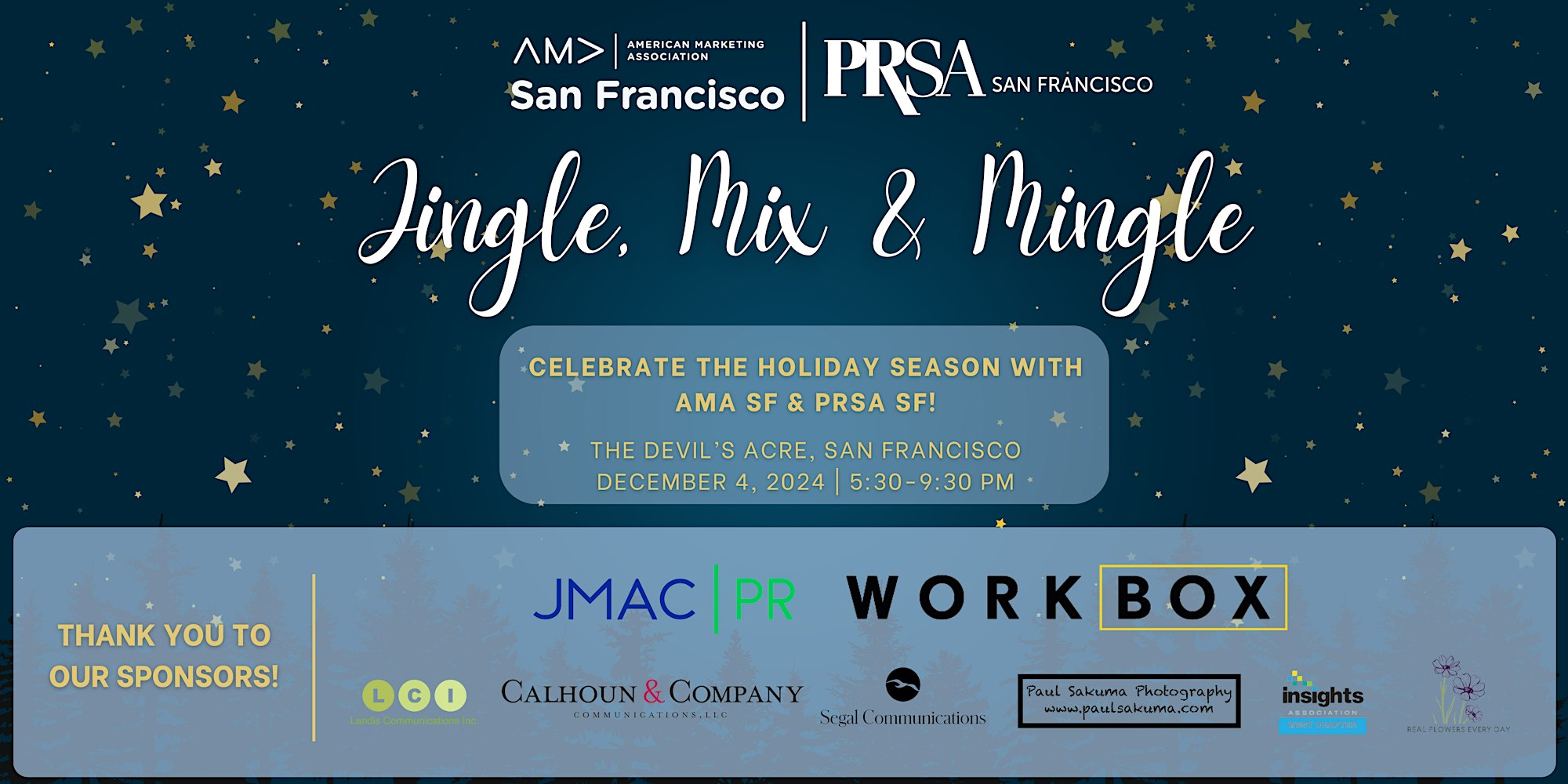According to a Harvard Business Review study on the effects of diversity in the workplace, 61 percent of workers surveyed stated that they have faced overt or implicit pressure to cover up their sense of self. From those who experienced such pressure, an overwhelming 66 percent claimed that they lost their sense of an identity. As such, it’s essential for companies to take Diversity and Inclusivity (D&I) measures to ensure that an individual’s’ identity is preserved while still maintaining productivity in the workplace.
Diversity is the deep understanding of an individual’s characteristics and traits and the exploration of that very identity according to Queensborough Community College. These can include race, socio-economic status, ethnicity, and sexuality — all of which are interconnected and make up one’s identity. Mutually respecting each other’s differences is a core value of diversity. We need diversity to ensure a safe working environment where people are free to express their beliefs, culture, traditions, and values, and are free from prejudice and discrimination.
By understanding of how prejudices and biases can affect our actions, we can work on challenging those prejudices. The way to challenge those prejudices is by first acknowledging our biases and then working towards understanding others’ multifaceted identities. Through embracing qualities that make up a person’s identity, we create a dialogue that actively questions those initial prejudices. As our prejudices fade away, our actions are accepting and understanding.
According to Susan Fisk’s analysis in Prejudice, Discrimination, and Stereotyping, even those old-fashioned biases, ones where you consciously have hostile attitudes to those who don’t belong to your group, have faded out. However, while many stereotypes and prejudices remain, many evolve into subtle biases. Fisk describes subtle biases as “unexamined and sometimes unconscious but real in their consequences”. These can be harmful in the workplace. For example, one with implicit biases towards a particular group of people can potentially act coldly towards those of that group. This can translate into a frustrating work environment. There is a test called the Implicit Association Test that assess these implicit biases.
The study, Understanding and Using the Implicit Association Test uses the Implicit Association Test (IAT), which is a test that evaluates the strength of an individual’s associations with concepts through computer-administered tasks. There is a correlation between IAT and how people socially behave meaning that IAT strongly predicts social behavior.
IAT demonstrates that biases arise from the tendency to favor one’s own in-group over another’s outgroup in the Social Identity Theory. It’s natural to identify ourselves with one group, but several challenges arise when we dislike and discriminate against the group without any reason. We psychologically identify ourselves as being part of an in-group based on commonly held interests. Those that aren’t part of our in-group are part of the out-group. To justify our maltreatment of the “out-group”, we focus on the out-group being all the same and conforming within their group. However, we see our in-group as different.
According to The Employment discrimination: The role of implicit attitudes, motivation, and a climate for racial bias, implicit racist attitudes within a racially biased environment predicted discrimination. That can translate to an interviewer acting coldly to one seeking employment based on innate prejudice, and identifying them as part of the out-group instead of accepting a different identity. It states that “when individuals were given a business justification for racial discrimination their implicit attitudes were positively related to their discriminatory behavior”. That means that when individuals were given a reason to justify racial discrimination, their self-reporting of implicit attitudes positively correlated to their discriminatory actions.
To fully grasp our implicit biases and consciously act to challenge them, D&I efforts are essential to understand the complex nature of our identities. By allowing for mutual acceptance and understanding of others’ identities, prejudices and discrimination can fade away.
To offer a stronger understanding of the various initiatives and efforts of leading D&I organizations in the Bay Area, the American Marketing Association San Francisco and the Public Relations Society of America San Francisco, will be having a D&I Speed Networking event on March 27th. Visit our event page for more information.





Comments are closed.